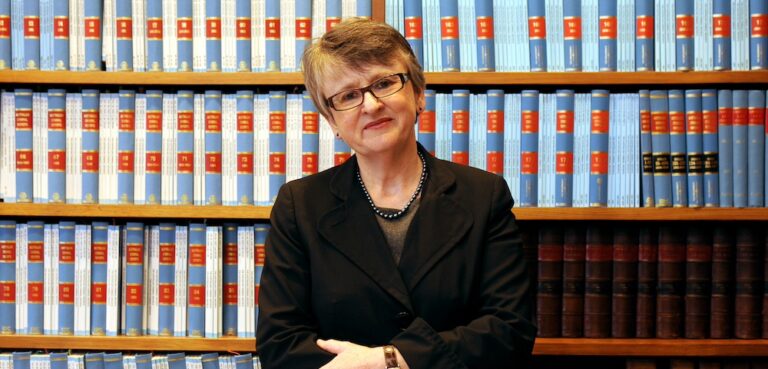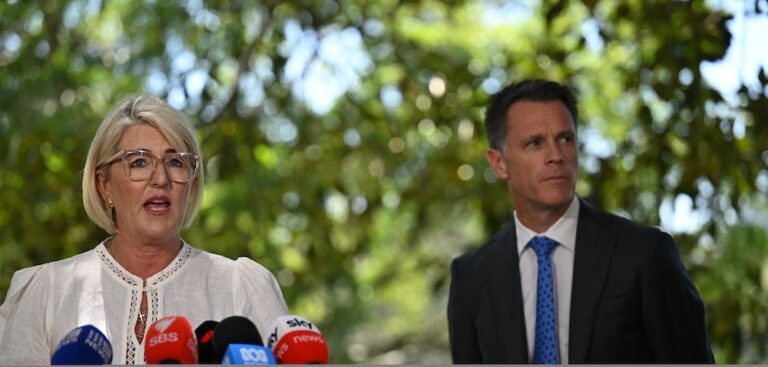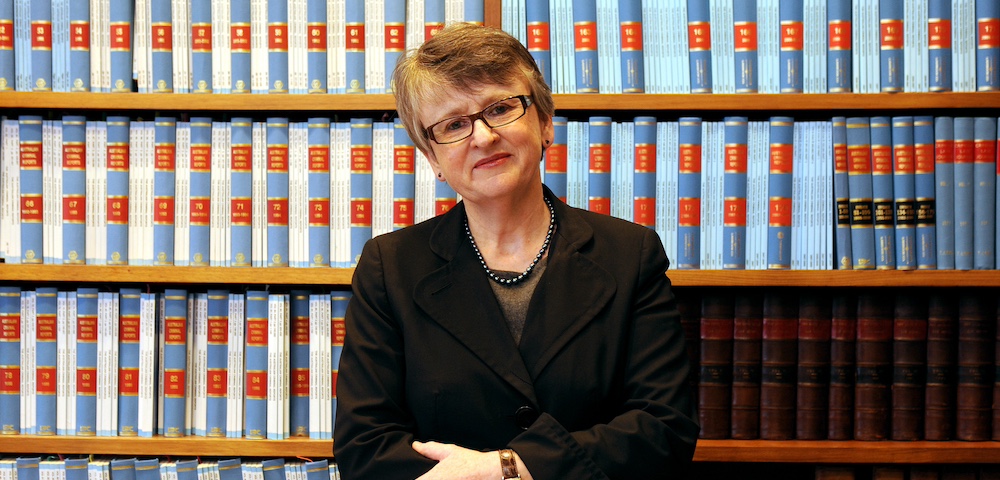
New crossroad
The federal government has outlined the next phase of its response to HIV/AIDS by committing itself to developing a fifth national strategy and appointing Dr Michael Wooldridge as its senior adviser on AIDS issues.
The commitment was made during the release of a review of the current national HIV strategy by Health minister Kay Patterson. The current strategy is due to expire in June next year.
Australian Federation of AIDS Organisations president Bill Whittaker welcomed the review report, but warned that delays in its release meant the timing for developing a new strategy is going to be very tight.
Senator Patterson acknowledged the delays had created concern within the HIV sector.
My view is that I’d rather get it right and take time to do that, than to have some very quick response to what needs to be, I guess, a new vision, a new approach to a disease, she said.
Senator Patterson also announced yesterday that the Australian National Council on AIDS, Hepatitis C and Related Diseases (which had been chaired by Chris Puplick) would be dissolved and replaced with a new advisory body, to be chaired by former Health minister Michael Wooldridge. This new committee will be called the Australian National Council on HIV, AIDS, Hepatitis C (Hepatides) and Sexual Health [ANCHAHS].
Whittaker welcomed Wool-dridge’s appointment, but with the caution that it will be a challenge to make this complex advisory structure work better than the previous structure.
Dr Wooldridge has been involved in the fight against AIDS since the early years of the epidemic, Whittaker said. He has an extensive knowledge of the issue and has a good record of working in partnership with the HIV/AIDS community and people living with HIV/AIDS.
Senator Patterson said the government had accepted the majority of recommendations made by the strategy review, but the Star understands recommendations made in the review report about heroin trials and injecting rooms have been rejected.
Prevention efforts and community involvement in the HIV response look set to remain the cornerstones of the new national HIV strategy, but Senator Patterson expressed concern at increasing rates of HIV and what she said appeared to be a relaxation of community attitudes to safe-sex practices.
There appear to be sectors of the community at risk of HIV that current health promotion and prevention initiatives may not be reaching, Patterson said. Sexually active young men in particular may be harder to reach with the prevention messages relating to safe sex.
Whittaker echoed Patterson’s concerns about rising levels of HIV infection, but stressed it was important for all gay men to be targeted with HIV prevention messages.
We keep getting this focus on young men, which is important, but the majority of new infections are in men aged between 29 and 40, he said.
The fifth national strategy needed to revitalise HIV prevention programs, support harm reduction measures for injecting drug users and reduce the vulnerability of Australia’s indigenous communities to HIV infection, Whittaker said.
Another priority for the new strategy would be to increase the ability of governments and communities to track HIV funding, he added.
Time is now of the essence, Whittaker said. We have a window of opportunity to reverse the trend of new HIV infections and tackle other problems identified in the review reports. If Australia fails to do this, we face more infections, more individual, societal and economic impact from HIV/AIDS, and we risk losing our reputation as a world leader in fighting the epidemic.










